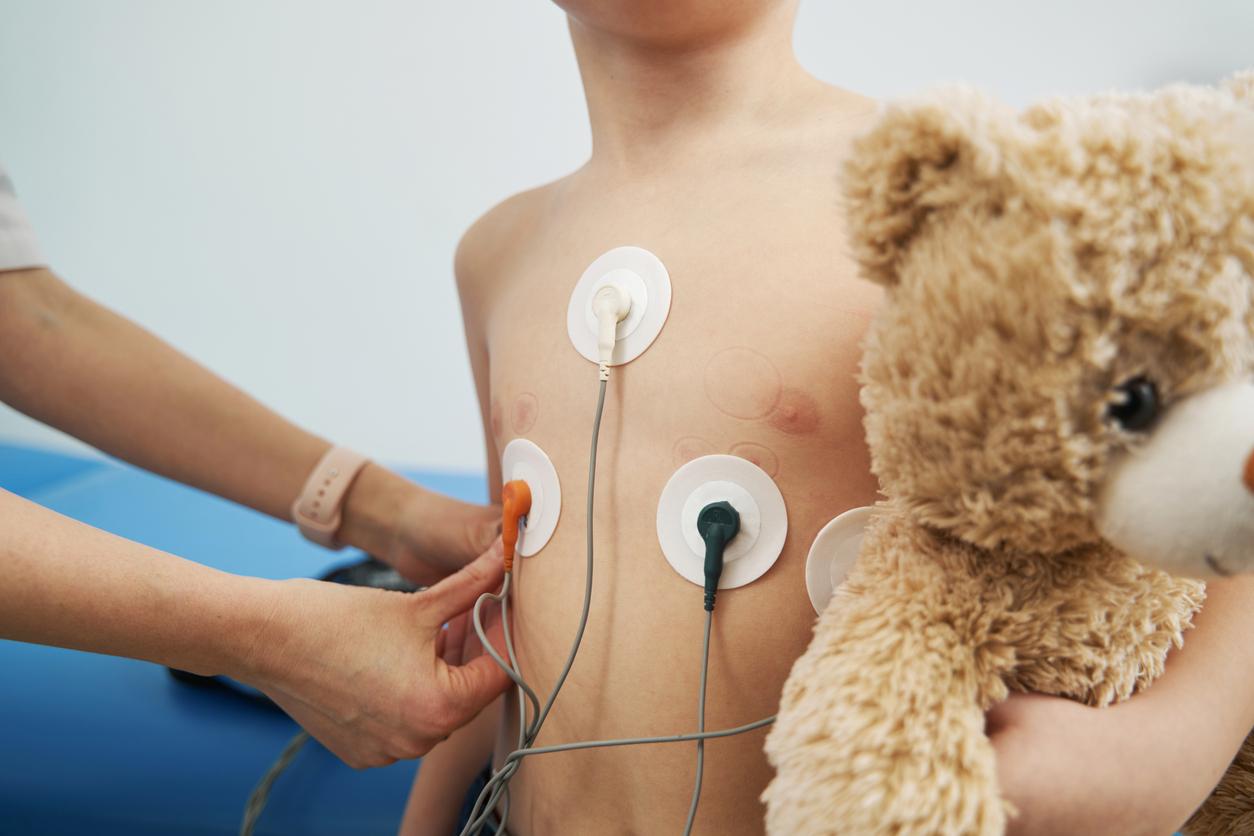Is atrial fibrillation, a heart rhythm disorder which affects more than a million people in France, compatible with sports practice? “Yes!”, assures Professor Philippe Chevalier, rhythmologist at Lyon University Hospital.

- Atrial fibrillation is a heart rhythm disorder that can lead to serious consequences such as stroke.
- Practicing “normal” sporting activity is beneficial for patients suffering from atrial fibrillation.
- Physical activity, through its physiological effects, also helps prevent attacks of atrial fibrillation.
“Sport protects your heart, even if you suffer from atrial fibrillation!”. Professor Philippe Chevalier is categorical, all those –“except for contraindications which are exceptional”– who have attacks of AF, a cardiac arrhythmia which affects more than a million people in France, can and even must practice regular physical and sporting activity. But be careful, without excess: “High dose sport, in those who do it at a high level and at a rate of 15 or 20 hours per week, can trigger a cardiac arrhythmia, so we must limit ourselves to a normal dose, from 3 to 6 hours per week, by walking which is a real sport, cycling or jogging”specifies Philippe Chevalier.
Hypertension, the leading risk factor for AF
Good news for patients with atrial fibrillation, a disease which, when untreated, can lead to a deterioration in the comfort of life with palpitations, shortness of breath during exercise or debilitating fatigue. “Sport is beneficial and can even prevent attacks of atrial fibrillation, it protects in particular against high blood pressure which is the primary risk factor for developing the disease”insists Professor Chevalier.
“When you play sports, your heart breathes”
And this is due to the physiological effects of physical activity confirmed by several studies demonstrating its antiarrhythmic action. “When we do sports, we sweat, we lose sodium, blood pressure decreases, that is to say the heart breathes, it does not work in excessive barometric conditions, without stretching or s “hypertrophy, the arteries dilate which allows good irrigation of the heart muscle”explains the rhythmologist who works at Lyon University Hospital.
A sedentary lifestyle exposes you to the risk of atrial fibrillation
As with many other diseases, it is rather a sedentary lifestyle which can expose one to the risk of developing atrial fibrillation, this heart rhythm disorder which Professor Philippe Chevalier affirms is the rhythmological disease “the most common, that which cardiologists encounter daily, whether in town or in hospital”. So, if AF is diagnosed and treated, you have to get moving!
For high-level athletes, treatment of AF by ablation
As for high-level athletes, those for whom Philippe Chevalier highlights the risk of developing an arrhythmia, they can also be reassured: “We have, with ablation, techniques that can cure them if they develop atrial fibrillation.” An ablation which is, moreover, a word which can mislead about the nature of this treatment: it is not in fact a question of removing anything but, using electrical impulses or cryotherapy by catheter, of deactivating the cardiac muscle cells whose dysfunction is responsible for the disease.
















